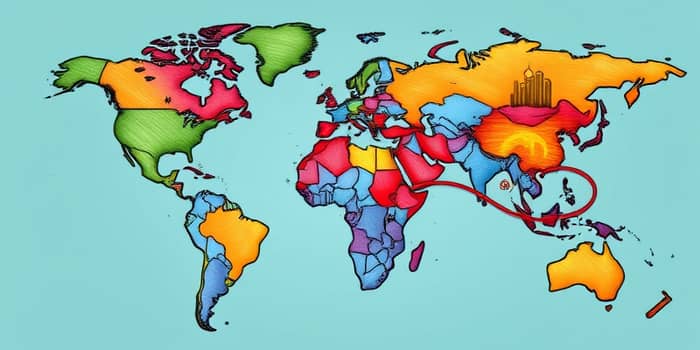
The pace of credit expansion in key emerging markets has eased markedly in 2025, reflecting shifting macroeconomic conditions and policy responses around the globe.
Understanding the forces behind this slowdown is vital for investors, policymakers, and businesses seeking to navigate a landscape defined by high borrowing costs, trade uncertainties, and fiscal adjustments.
Global economic growth is projected at about 3% in 2025, down from previous years, as major economies such as the U.S. and China experience slower momentum. Emerging markets (excluding China) have seen a revival in credit cycle indicators, while China’s metrics continue to fall.
The S&P Global Ratings’ Credit Cycle Indicator (CCI) illustrates a clear divergence: most emerging economies appear to be exiting a trough in credit conditions, whereas China remains in the grip of a prolonged credit correction.
The slowdown in credit growth across these markets is attributable to several interrelated factors:
Not all emerging markets are moving in lockstep. The following table highlights regional outlooks and key data points for 2025:
The global monetary stance remains restrictive, though a cycle of rate cuts has begun among some central banks. Lending rates, however, remain above pre-pandemic averages, offering only limited relief.
Trade policy also looms large. The U.S. imposed an additional 10% tariff on all Chinese imports in February 2025, and ongoing tariff adjustments affecting Mexico and Canada have injected further uncertainty into trade-financed credit flows.
Credit growth patterns differ sharply by borrower type:
Private credit and real estate markets exhibit heightened sensitivity to rate fluctuations. Although private credit exposure in EMs is modest, ongoing regulatory shifts and rising yields could affect access and valuation dynamics.
Several risks could derail a sustained credit recovery. Geopolitical tensions, notably U.S. trade policy shocks, threaten to disrupt supply chains and financing conditions. The prospect of inflation resurgence also poses a wildcard for central banks considering further rate adjustments.
Public debt in emerging markets stands at around 70% of GDP and is projected to climb to 83% by 2030. This trajectory heightens vulnerability to external shocks should global financing costs rise again, underscoring the need for careful fiscal management.
Political cycles in many EMs, with elections on the horizon, introduce additional unpredictability into policy regimes and spending priorities. The timing and scale of fiscal tightening expected from 2026 onwards will be critical for credit growth momentum.
The deceleration in credit growth across key emerging markets reflects a complex interplay of monetary restraint, fiscal prudence, and trade uncertainties. While China’s continuing credit correction highlights structural headwinds, some regions show tentative signs of recovery.
Stakeholders should monitor three critical factors: the pace of interest rate normalization, the evolution of trade policies, and the trajectory of public debt sustainability. Together, these elements will shape the path of credit cycles and determine where the next opportunities—and risks—lie.
By staying informed and adaptable, investors and policymakers can position themselves effectively in a world where credit dynamics are evolving rapidly and resilience will be rewarded.
References













